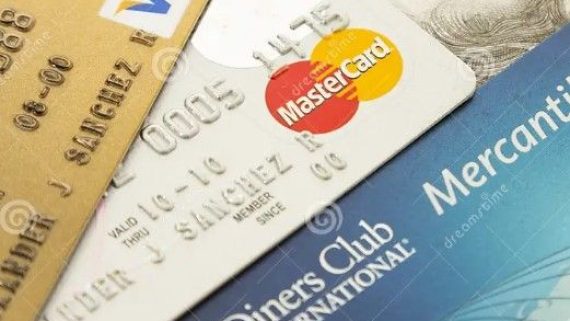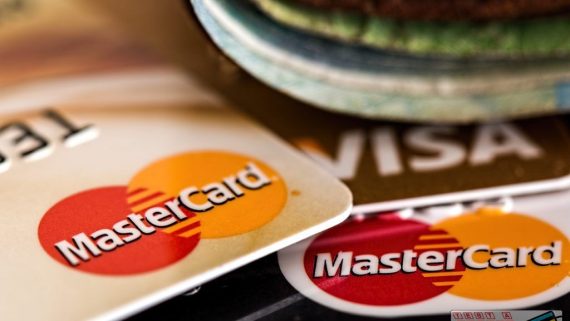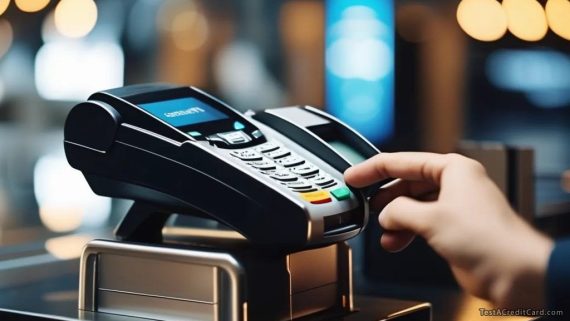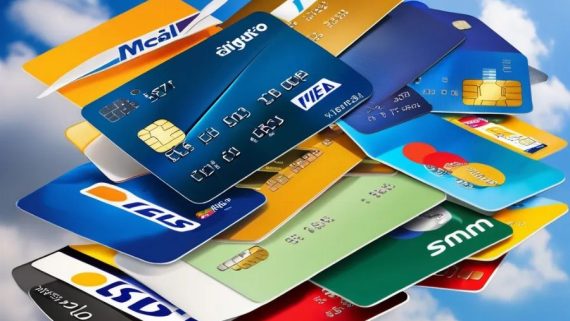With the rapid digitization of financial transactions, credit card fraud has become a prevalent concern for both consumers and businesses. Criminals continuously devise sophisticated techniques to exploit vulnerabilities in payment systems, leaving many individuals vulnerable to fraudulent activities. However, armed with knowledge and vigilance, you can take proactive steps to safeguard yourself against credit card fraud. This article provides essential tips and insights to help you identify and prevent credit card fraud effectively.
Regularly Monitor Your Account Activity
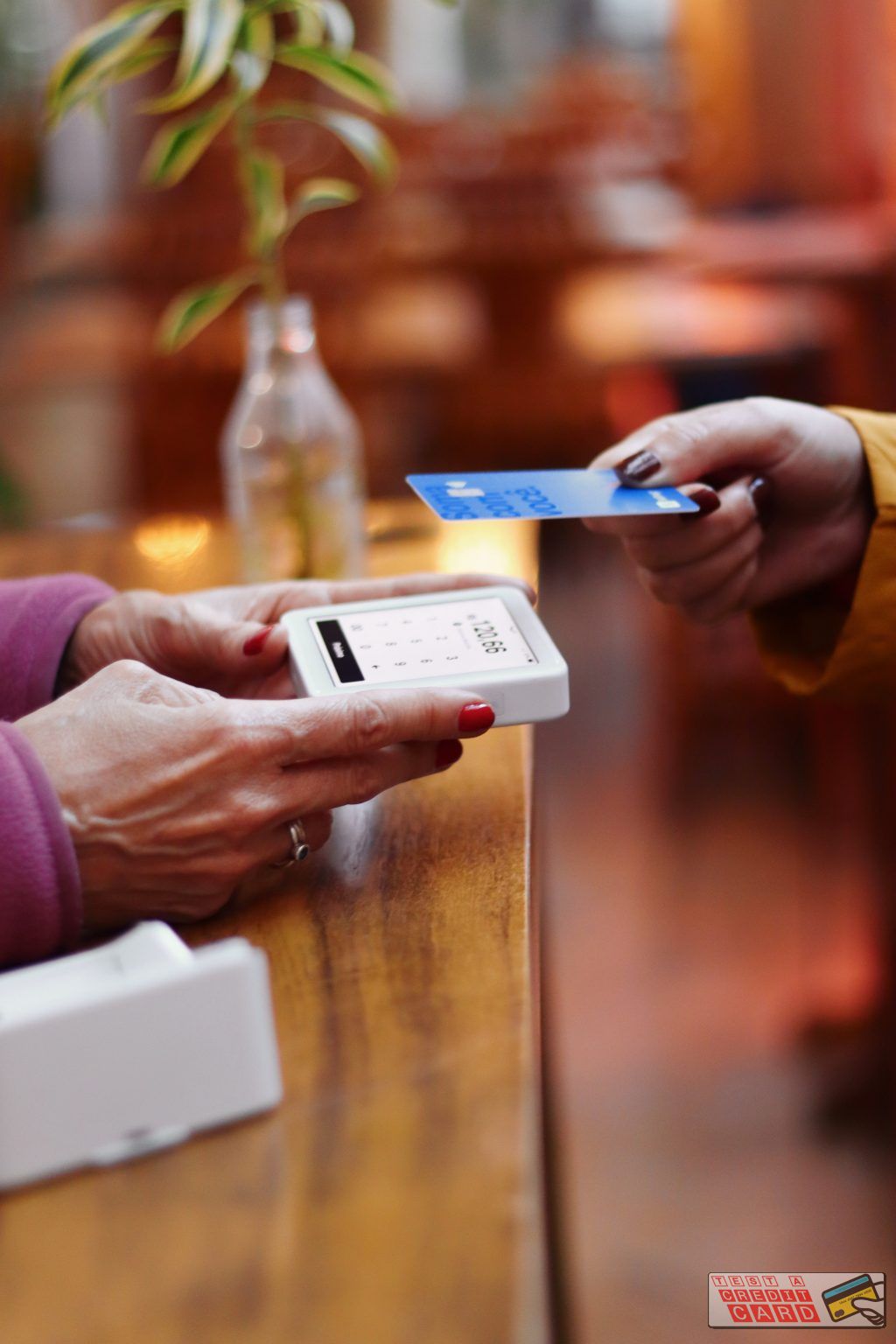 The first and most crucial step in identifying credit card fraud is to regularly monitor your account activity. Check your credit card statements and online transactions frequently. By doing so, you can quickly spot any unauthorized or suspicious charges. Don’t overlook small amounts, as fraudsters may test your card with minimal transactions before making significant purchases.
The first and most crucial step in identifying credit card fraud is to regularly monitor your account activity. Check your credit card statements and online transactions frequently. By doing so, you can quickly spot any unauthorized or suspicious charges. Don’t overlook small amounts, as fraudsters may test your card with minimal transactions before making significant purchases.
Set Up Account Alerts
Most financial institutions offer account alert services that notify you of any unusual activity on your credit card. Set up these alerts to receive notifications via email or text message for transactions exceeding a certain threshold or purchases made in foreign countries. This can provide early warning signs of potential fraud, enabling you to take swift action.
Look for Suspicious Email and Phishing Attempts
Fraudsters often use phishing emails to deceive recipients into revealing sensitive information, such as credit card details. Be cautious of emails that claim to be from your bank or credit card provider and ask for personal information or account verification. Legitimate financial institutions typically do not request such information via email. Look for spelling errors, suspicious links, and generic greetings as telltale signs of a phishing attempt.
Secure Online Shopping
When shopping online, ensure you are using secure and reputable websites. Look for “https://” in the URL and the padlock symbol in the browser address bar, indicating a secure connection. Avoid making transactions on public Wi-Fi networks, as they may lack adequate security measures, making it easier for hackers to intercept your data.
Keep Your Credit Card Safe
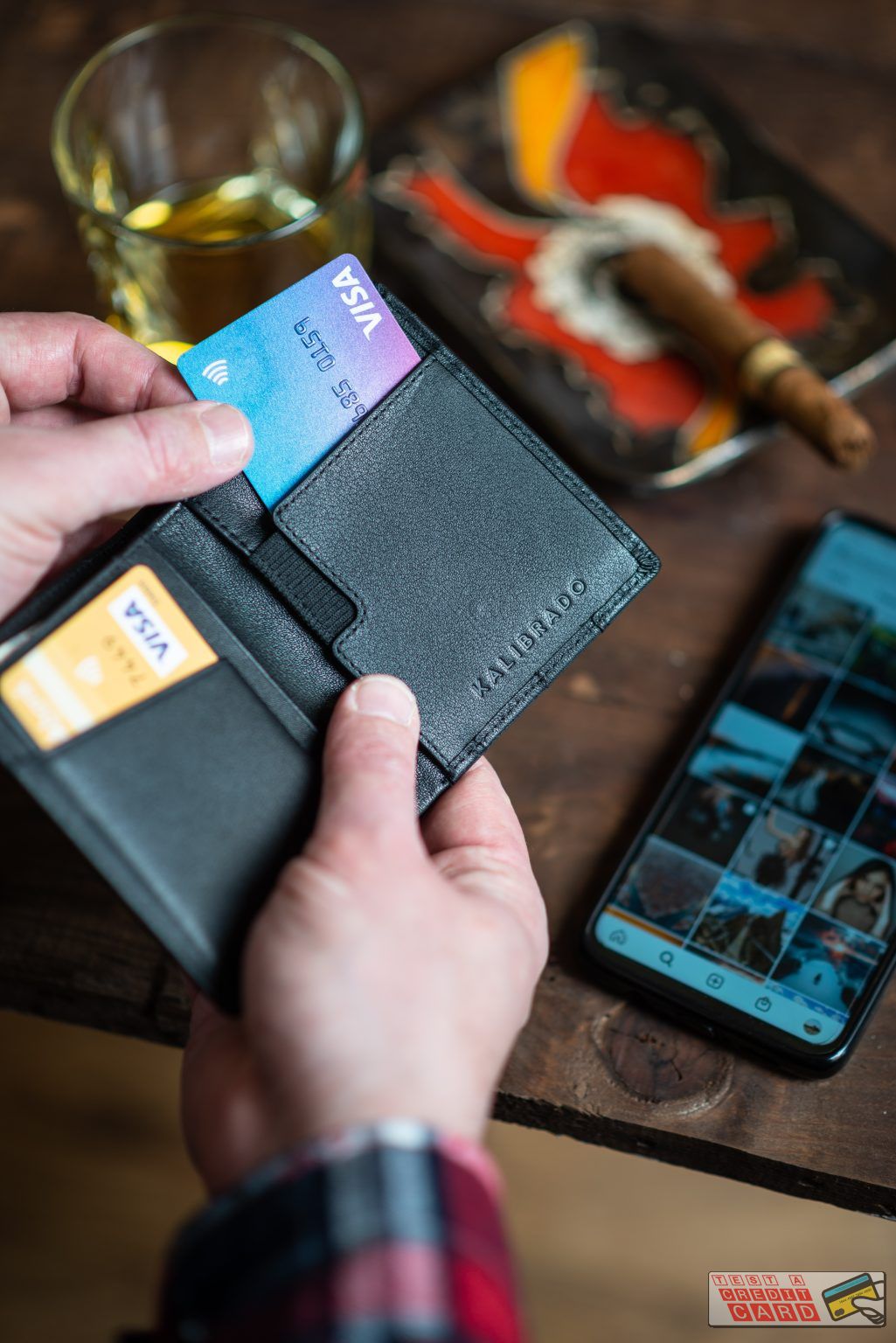 Keep your physical credit card secure. Do not share your card information unnecessarily, and never write down your PIN or store it together with your card. If you lose your card or suspect it has been stolen, contact your bank immediately to report it and request a replacement.
Keep your physical credit card secure. Do not share your card information unnecessarily, and never write down your PIN or store it together with your card. If you lose your card or suspect it has been stolen, contact your bank immediately to report it and request a replacement.
Be Wary of Card Skimmers
Card skimmers are devices that criminals place on ATMs or payment terminals to steal credit card information from unsuspecting users. Before using an ATM or payment terminal, inspect it for any signs of tampering, loose parts, or additional attachments. If anything appears suspicious, avoid using the machine and report it to the business or authority in charge.
Monitor Your Credit Report
Regularly check your credit report from major credit bureaus to identify any unauthorized accounts or inquiries. Federal law allows you to obtain a free credit report from each bureau once a year. Reviewing your credit report can help you spot signs of identity theft or credit card fraud.
Conclusion
 As technology advances, credit card fraud continues to evolve, posing a significant threat to consumers worldwide.
As technology advances, credit card fraud continues to evolve, posing a significant threat to consumers worldwide.
By staying vigilant and implementing the strategies mentioned in this article, you can fortify your defenses against credit card fraud.
Regularly monitoring your account, setting up alerts, being cautious of phishing attempts, and securing your physical card are some of the fundamental practices that will help you stay one step ahead of fraudsters and protect your hard-earned finances. Remember, taking proactive steps and staying informed is crucial in the battle against credit card fraud.

